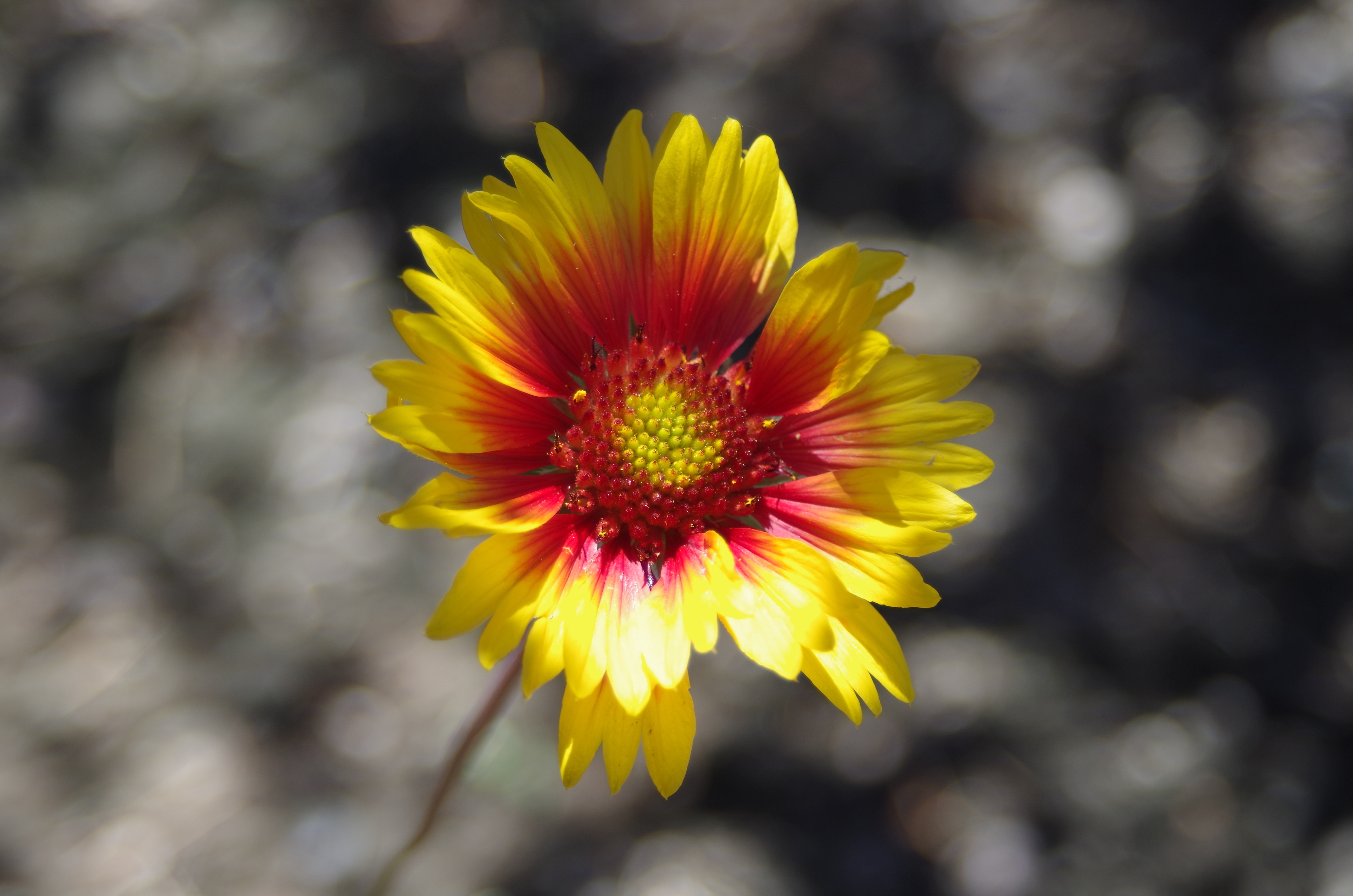Practice, practice, practice!
I have been practicing (and practicing... and practicing) my manual focusing skills with a SMC-A 50mm f/1.4 and a "cheap" Rikenon 35-70mm f/3.5 - 4.5.
The first thing I did was back off of f/1.4. Now I am between f/2 and f/3.5. My depth of field has increased slightly which subsequently increases my sharpness. I think at f/1.4 I was just "too fast" and it didn't suit my shooting style or my subjects.
The second thing I did was learn how to focus. I know, it sounds silly but focusing on the K-30 is way different than on a split screen film camera. I listen for the beep, I look for the little red dot, and I also look for the "in focus" entry and exit points to figure out where the center is. That center point seems to provide the best results. It took some training of my eyes too. I had to become much more critical of what I see through the viewfinder and question the camera's focus detection.
I thought I would share some of my results which I have posted on my Flickr account. Sometimes I "cheat" and drop down to f/5.6 but it's all in good fun.








 Similar Threads
Similar Threads 



















 Post #6 by JimJohnson
Post #6 by JimJohnson








